Introducing Brina®, the new high-end mechanical invasive and non-invasive ventilator for adult, pediatric, and neonatal patients.
CHARACTERISTICS
• High-resolution touchscreen
• Detachable and modular design
• Smart and intuitive interface
• Comprehensive monitoring
• Wide variety of software features
Ultimate touchscreen
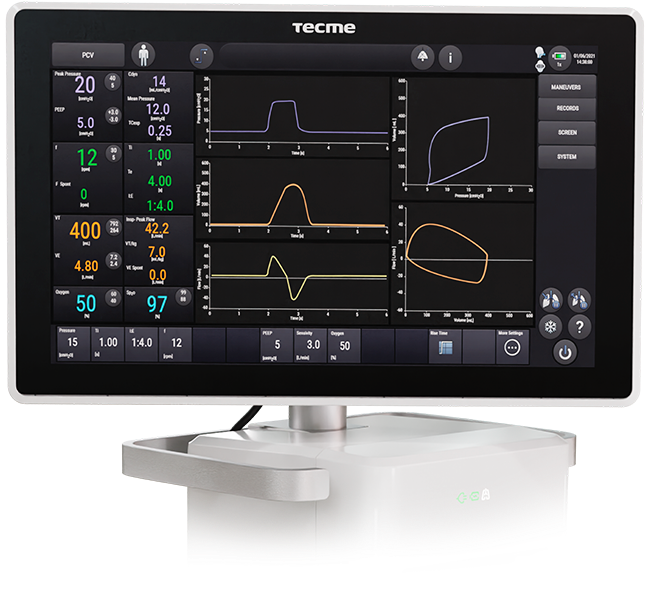
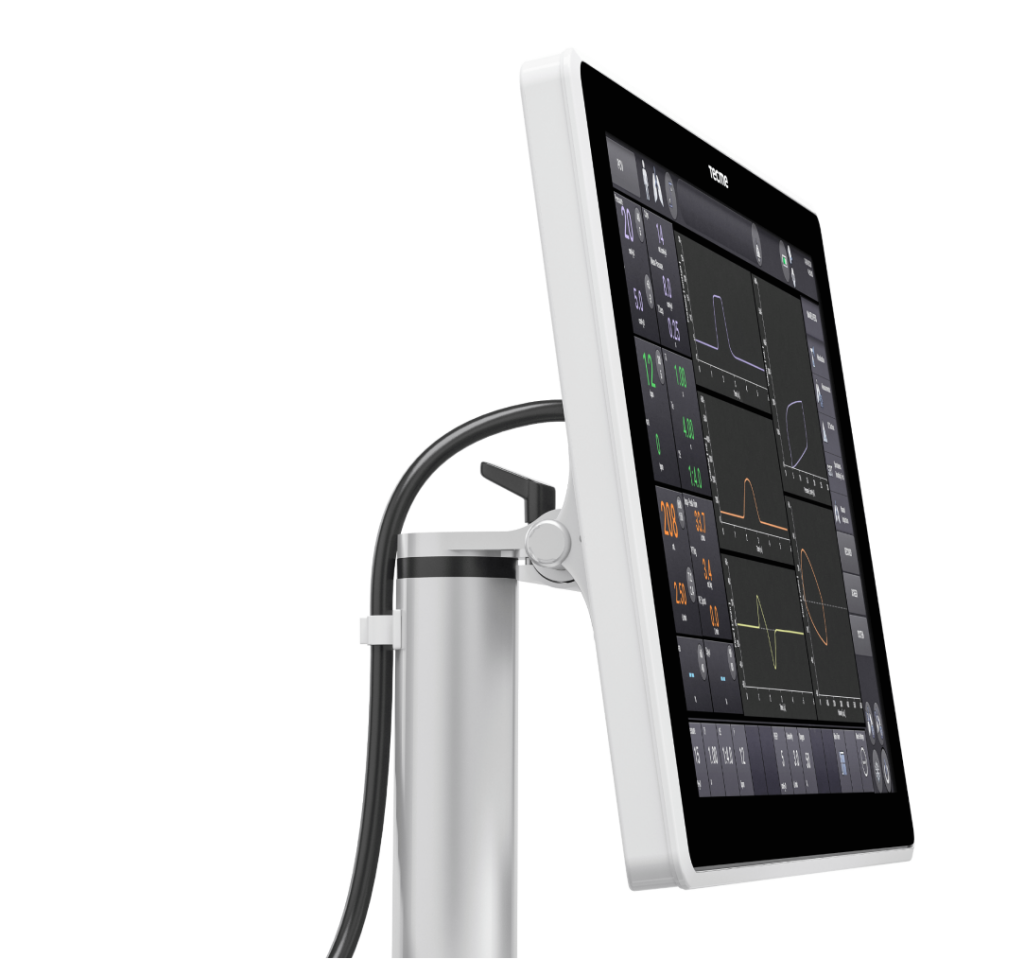
Detachable and rotative
Brina is our most advanced ventilator to date and the outcome of more than 55+ years of experience.
Offering reliable and high-performance solutions for patient-adaptive ventilation.
DOWNLOAD
DESIGN
Improved design for more accurate measurements
Expiratory Port
Paramagnetic Sensor
The Paramagnetic Sensor has been integrated to perform efficiently and continuously throughout the life cycle of the ventilator, removing the need of a periodic replacement.
USER EXPERIENCE
Simple and clean user interface.
Designed to take important
decisions in different situations.
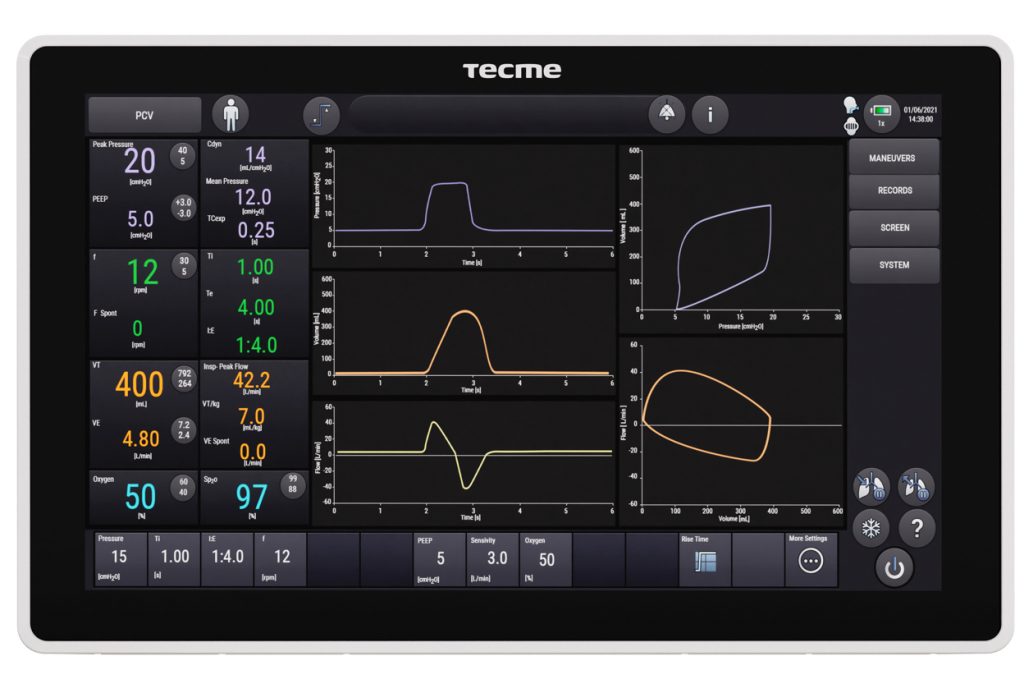
Active Lung
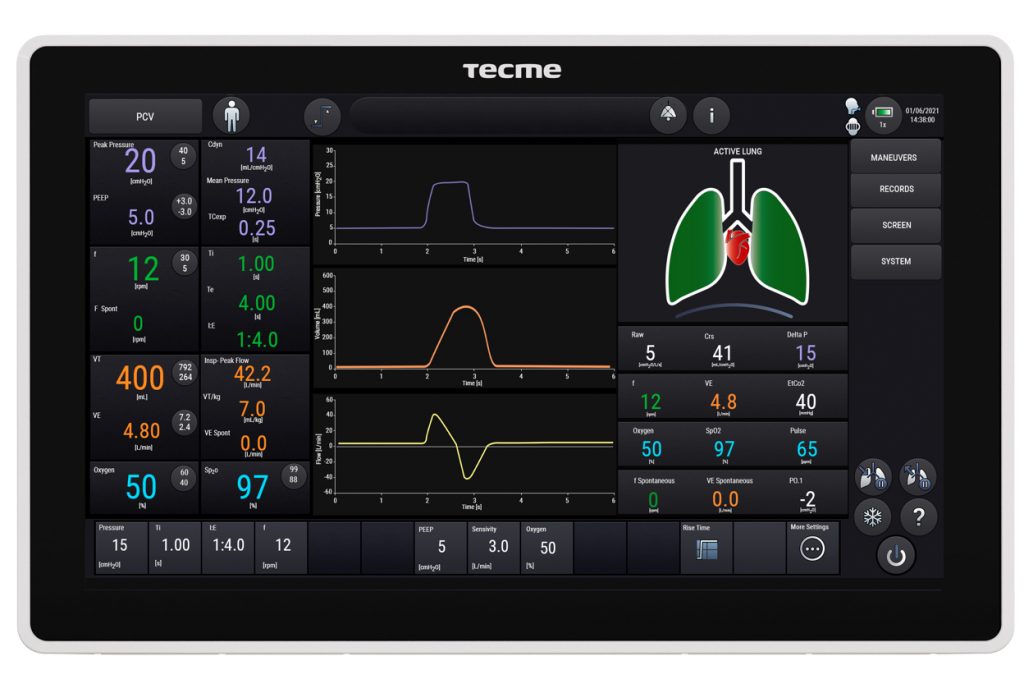
Numerical Screen
the visibility of the parameters from a distance.
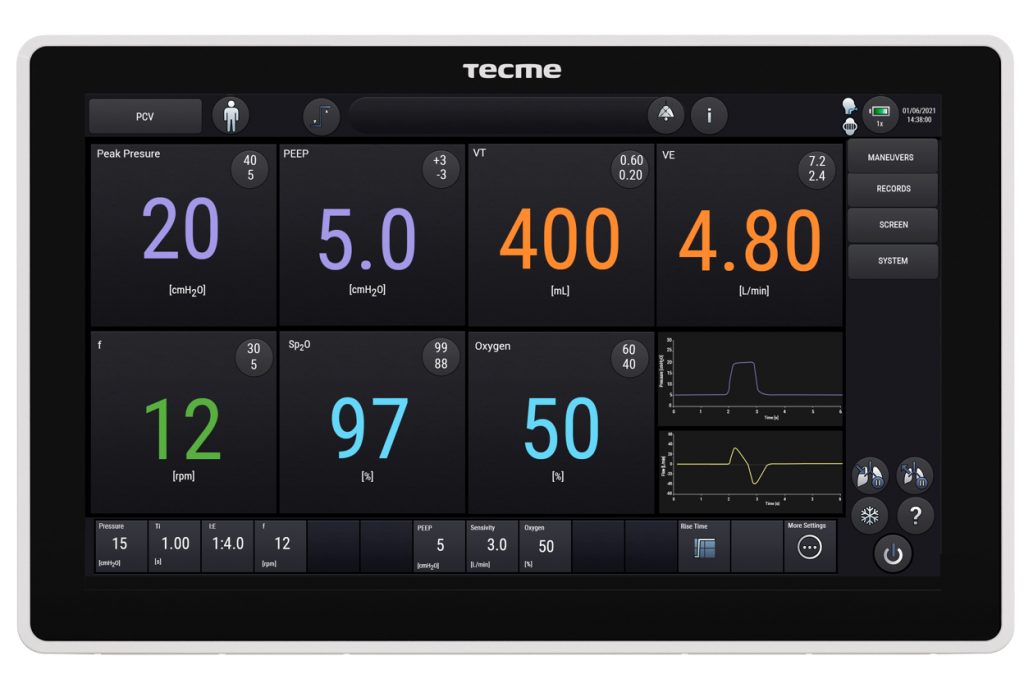
Family View
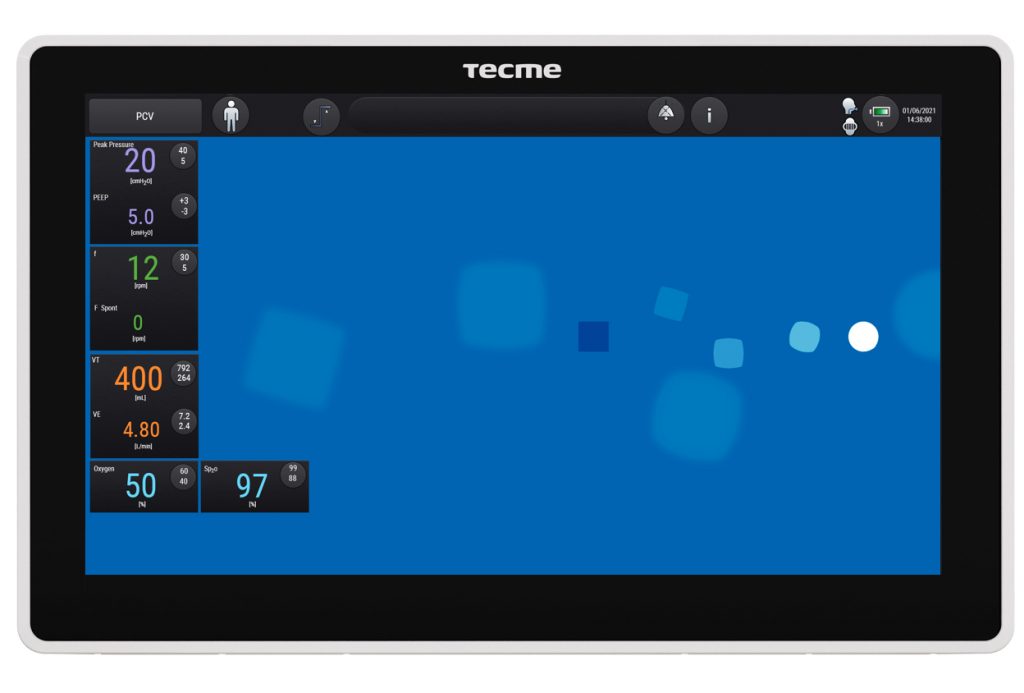
Modular design
Masimo Pulse Oximeter
Integrated monitoring of SpO2, pulse rate and pletysmography curve.
Volumetric capnography
Integrated monitoring of exhaled CO2 and display of volumetric curves over time, as well as measurements of physiological dead space.
Aerogen nebulizer
High-performance drug delivery based on vibrating mesh technology.
Additional pressure port
Additional pressure port used to measure mean pressure.
Proximal Flow Sensor
The proximal flow sensor optimizes flow and volume monitoring independent from compressible volume in the patient circuit.
Inbuilt pneumatic nebulizer
Additional port used to provide flow through a high-performing jet nebulizer.
Masimo Pulse Oximeter
Integrated monitoring of SpO2, pulse rate and pletysmography curve.
Volumetric capnography
Integrated monitoring of exhaled CO2 and display of volumetric curves over time, as well as measurements of physiological dead space.
Aerogen nebulizer
High-performance drug delivery based on vibrating mesh technology.
Additional pressure port
Additional pressure port used to measure mean pressure.
Proximal Flow Sensor
The proximal flow sensor optimizes flow and volume monitoring independent from compressible volume in the patient circuit.
Inbuilt pneumatic nebulizer
Additional port used to provide flow through a high-performing jet nebulizer.
